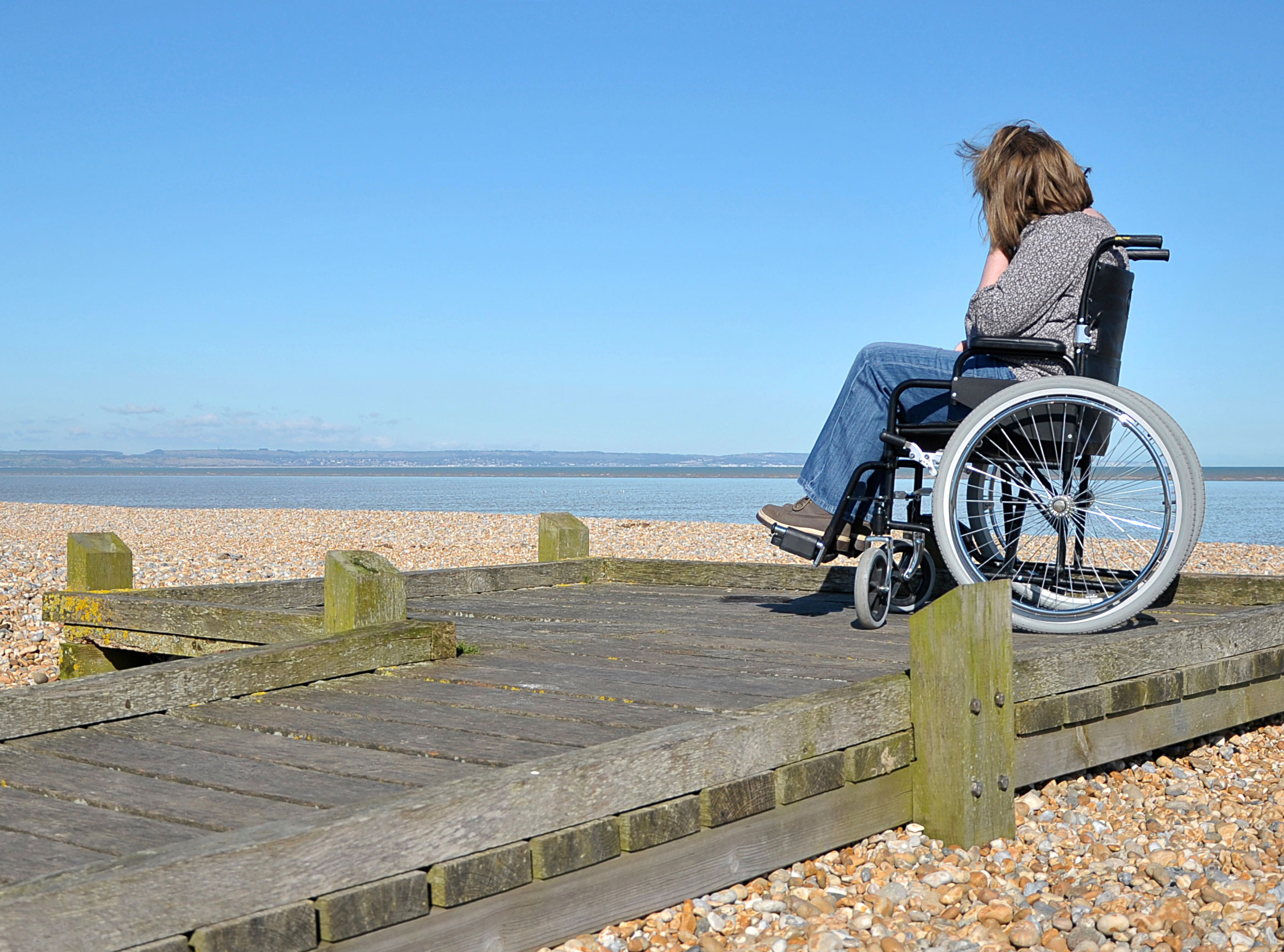
about PLAE
PLAE (Playing and Learning in Adapatable Environments), Inc. began in 1978 with the mission of integrating children with and without disabilities into the outdoor play environment through programs, education and research. Our mission evolved over the years to include the entire built environment, all of human development, and play as an essential component of health, creativity and innovation for all ages.


Research
environmental design research
PLAE conducts, supports and funds research in all areas of environmental design. Over the past 30 years, research topics have included the design of integrated play environments, accessibility and universal design, the playful city, universal design in outdoor recreation, teaching universal design, building an inclusive city and creating streets for people, not just cars.

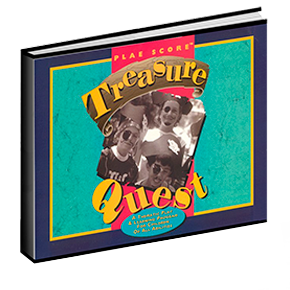
Programs
play for all
Creative summer programs integrating the arts, science, math, social studies and language teach children of all abilities how to build and manage their own town, create their own brand, and search for treasure. Several of the curricula have been published in PLAE Scores.

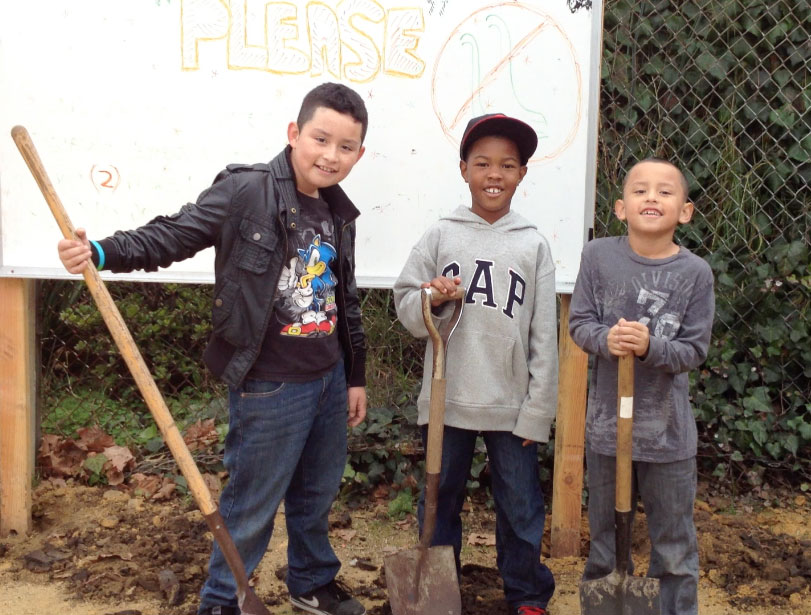
Programs
supporting our communities
As an original partner with Pogo Park, PLAE helped raise funds to jump-start this grassroots community effort in Richmond, California’s Iron Triangle neighborhood. The first Pogo Park, Elm Playlot, will open Spring 2014.
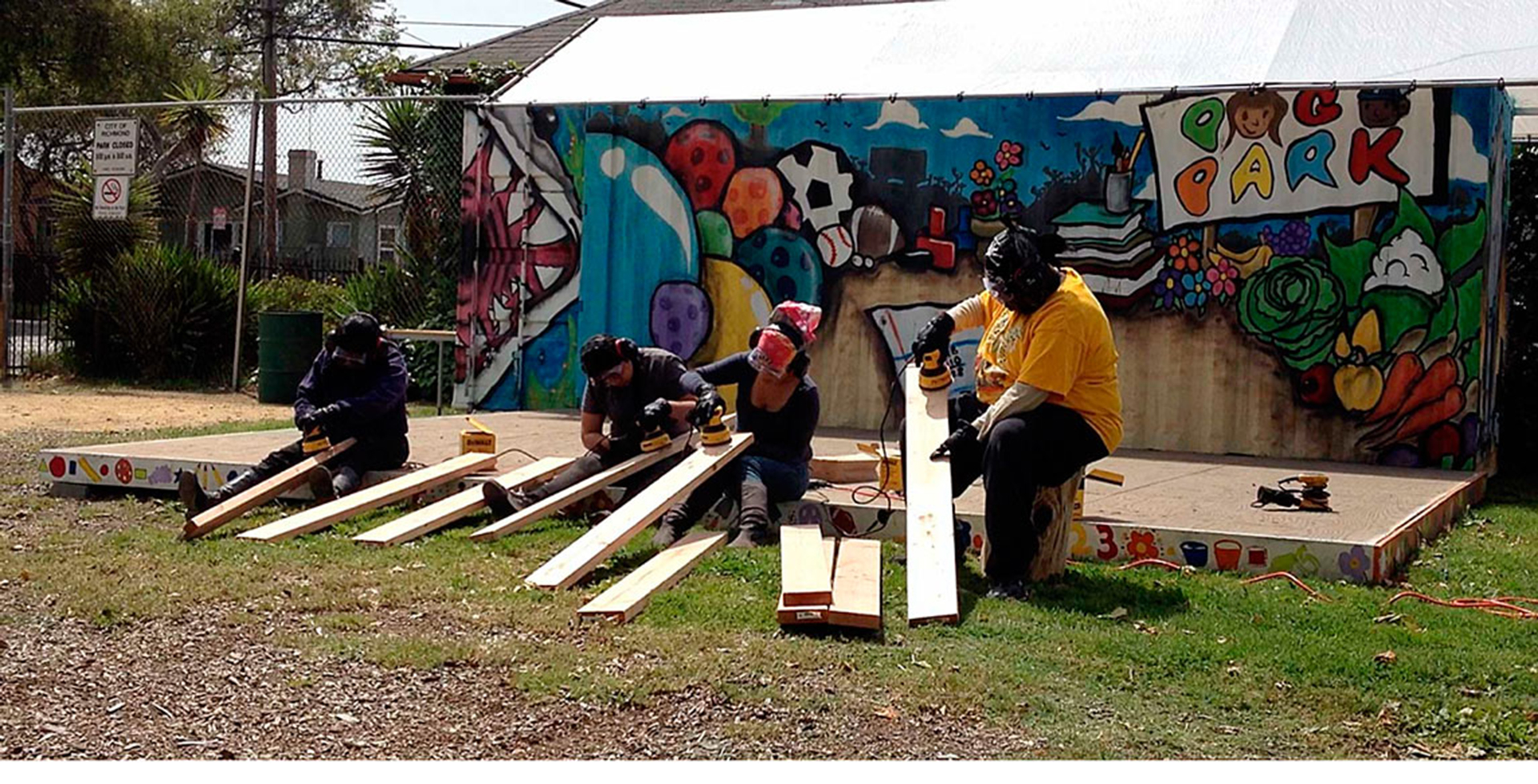
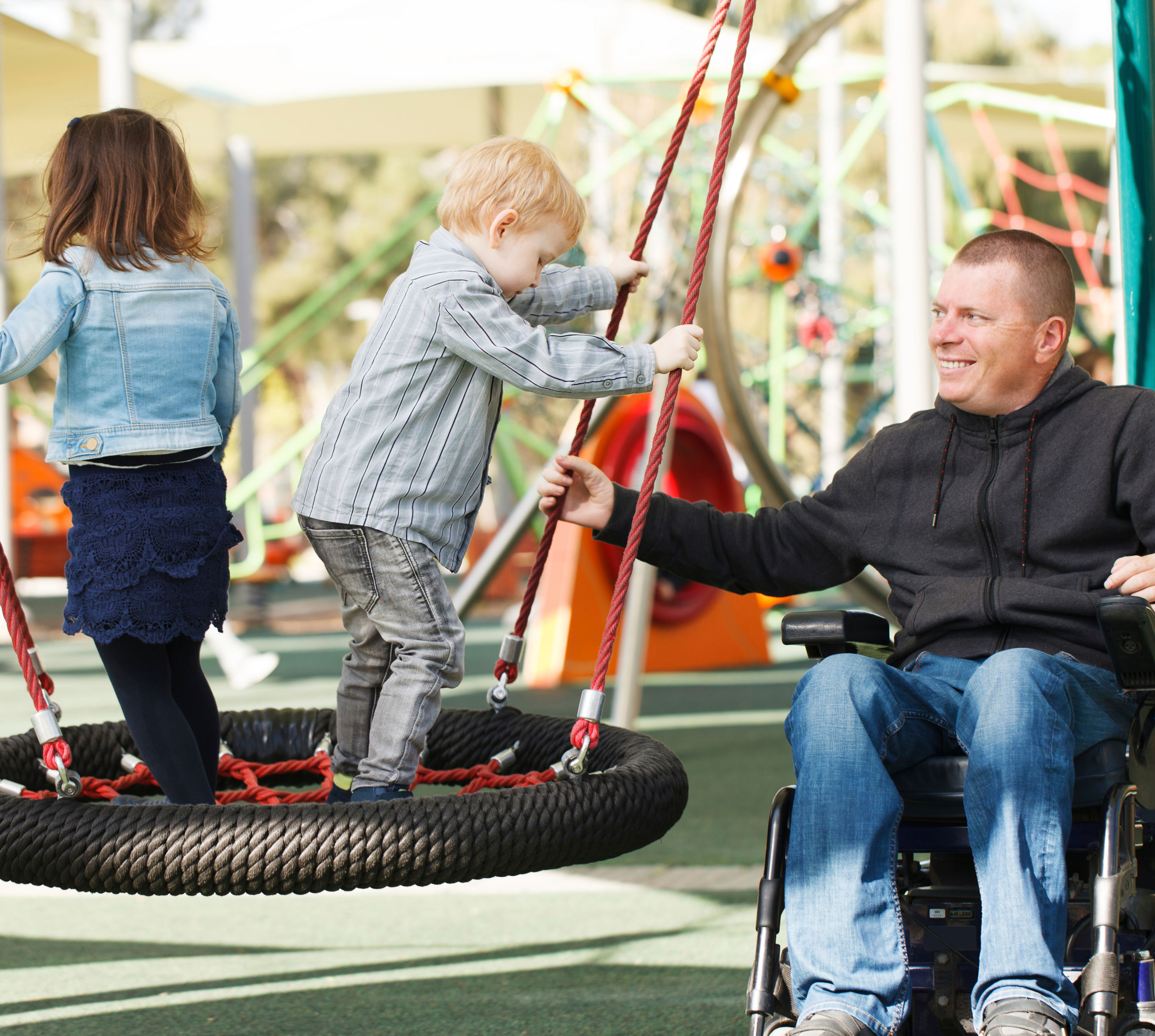
Education
learning the PLAE way
PLAE conducts and funds trainings and education seminars on a variety of topics, including Play Leader Training, Play for All Trainings and Seminars, Universal Design and Access, re: Streets Charrettes, Play and Program Design.
Contact:
info@plaeinc.org
510.845.7523
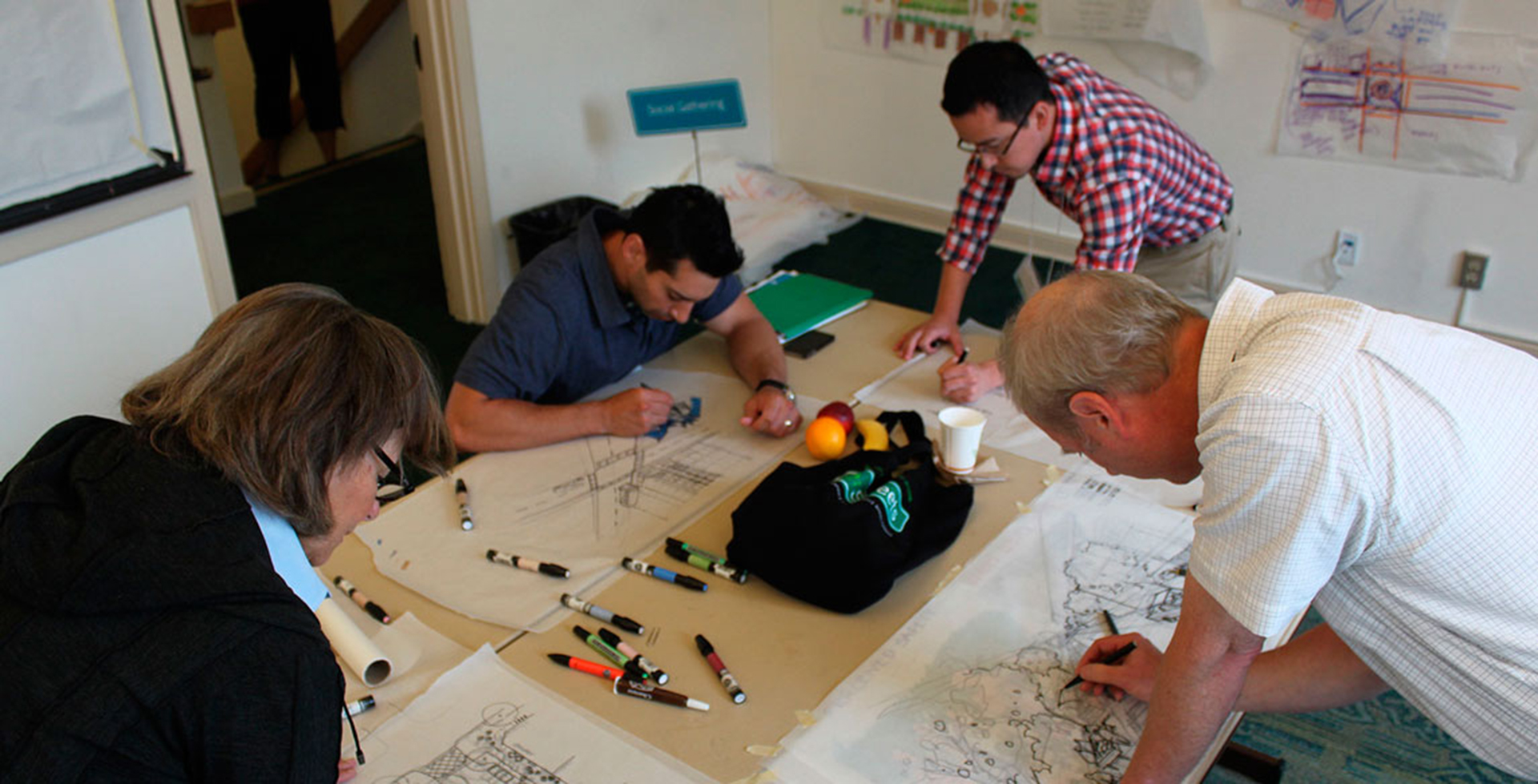
Publications
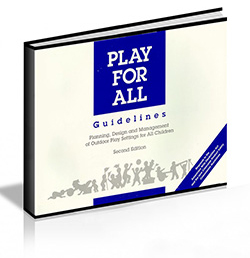
play for all
Play for All was a four year research project on integrating children with and without disabilities into public play settings. Field research was conducted at the PLAE programs designed to integrate children using the arts and physical environment. These programs served thousands of children with and with out disabilities. This research was drafted into a design manual and then reviewed, critiqued and refined at a three day design charrette at Stanford University attended by 136 professionals in the fields of child development, recreation therapy, education, law, landscape architecture and park management. The results, published in "Play For All Guidelines," address the full-range of play area planning, design and management issues: safety and risk management, accessibility and integration, maintenance, and (most importantly) child development.
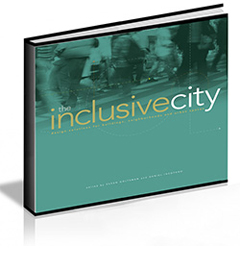
the playful city
The Playful City is
- A vision of the city through the eyes of young people.
- A fundamental rethinking of how we understand, design, implement and use the urban environment.
- An effort to create a city that meets the needs of all its citizens. The Playful City research sought to develop guidelines as a reference for policy makers, public officials, city planners, urban designers, architects and citizen groups who are interested in the future development of their communities to better meet the needs of children, youth and families. Specifically:
- Focus national attention on the needs of children, youth and families in the urban environment
- Promote interdisciplinary debate on how communities can support these needs
- Identify planning and design strategies for improving the livability of the urban environment
- Disseminate usable information to help make growth-related development decisions that provide for the needs of children and youth This research evolved into the Inclusive City.
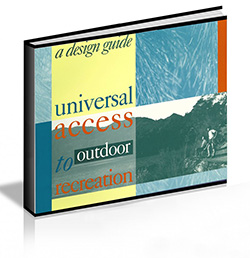
universal design for outdoor recreation
The USDA Forest Service was practicing universal design in most of the different forests they managed. These environments ranged from urban outdoor experiences to very natural wild lands. The Forest Service worked closely with PLAE to document and illustrate the design ideas they had put into practice. This research became an award-winning book, Universal Access to Outdoor Recreation: A Design Guide which establishes a framework for determining the appropriate level of access in a range of outdoor sites from developed to undeveloped. The book presents detailed design guidelines for the systems and elements necessary for ensuring accessibility to recreational trails, campsites, picnic areas, group meeting areas, and more. Examples demonstrate how the guidelines can be applied in typical outdoor settings to achieve a range of recreational opportunities for individuals of varying abilities.This publication became the official design guide for the USDA Forest Service and their training manual for their design staff.
